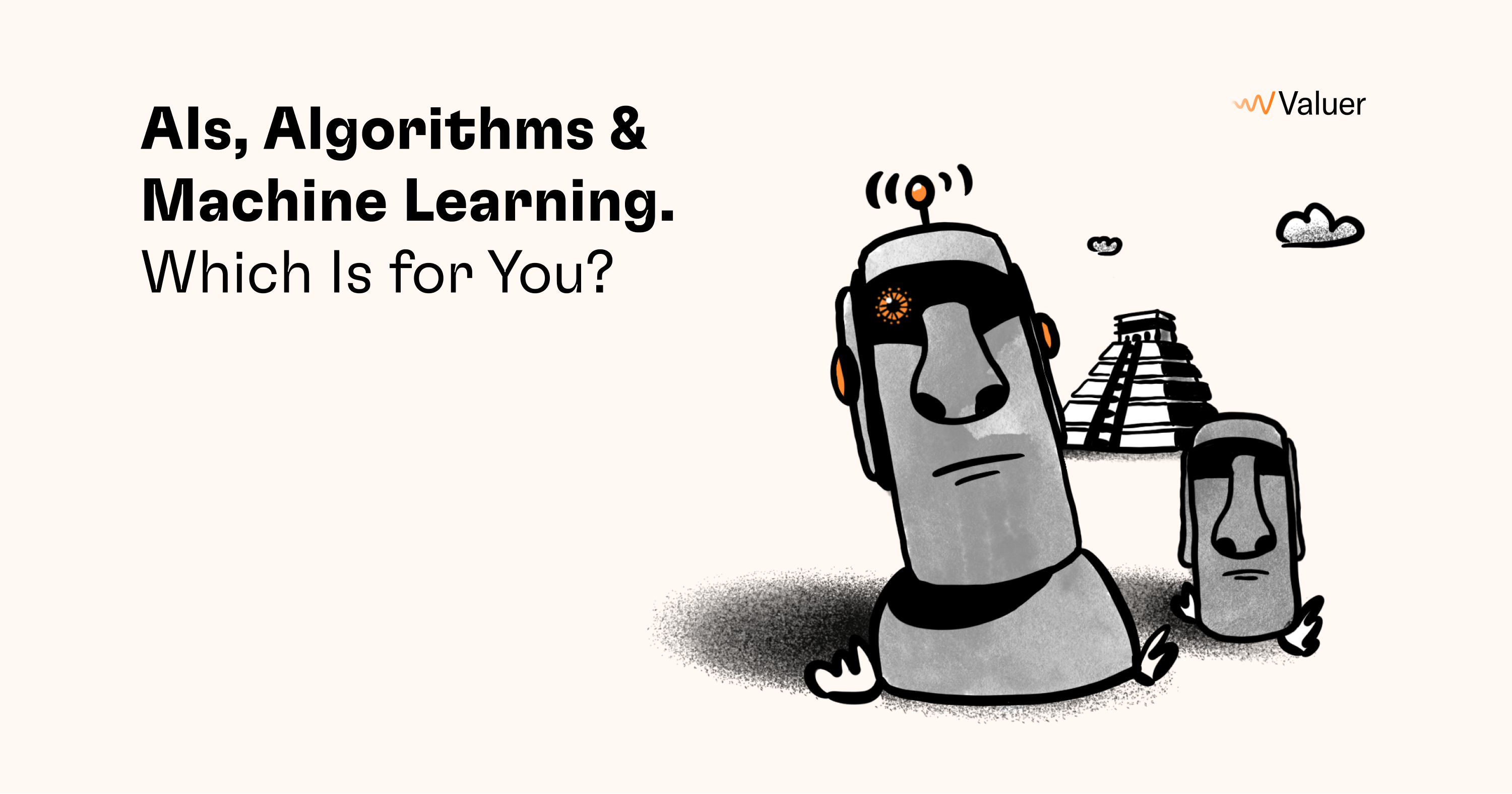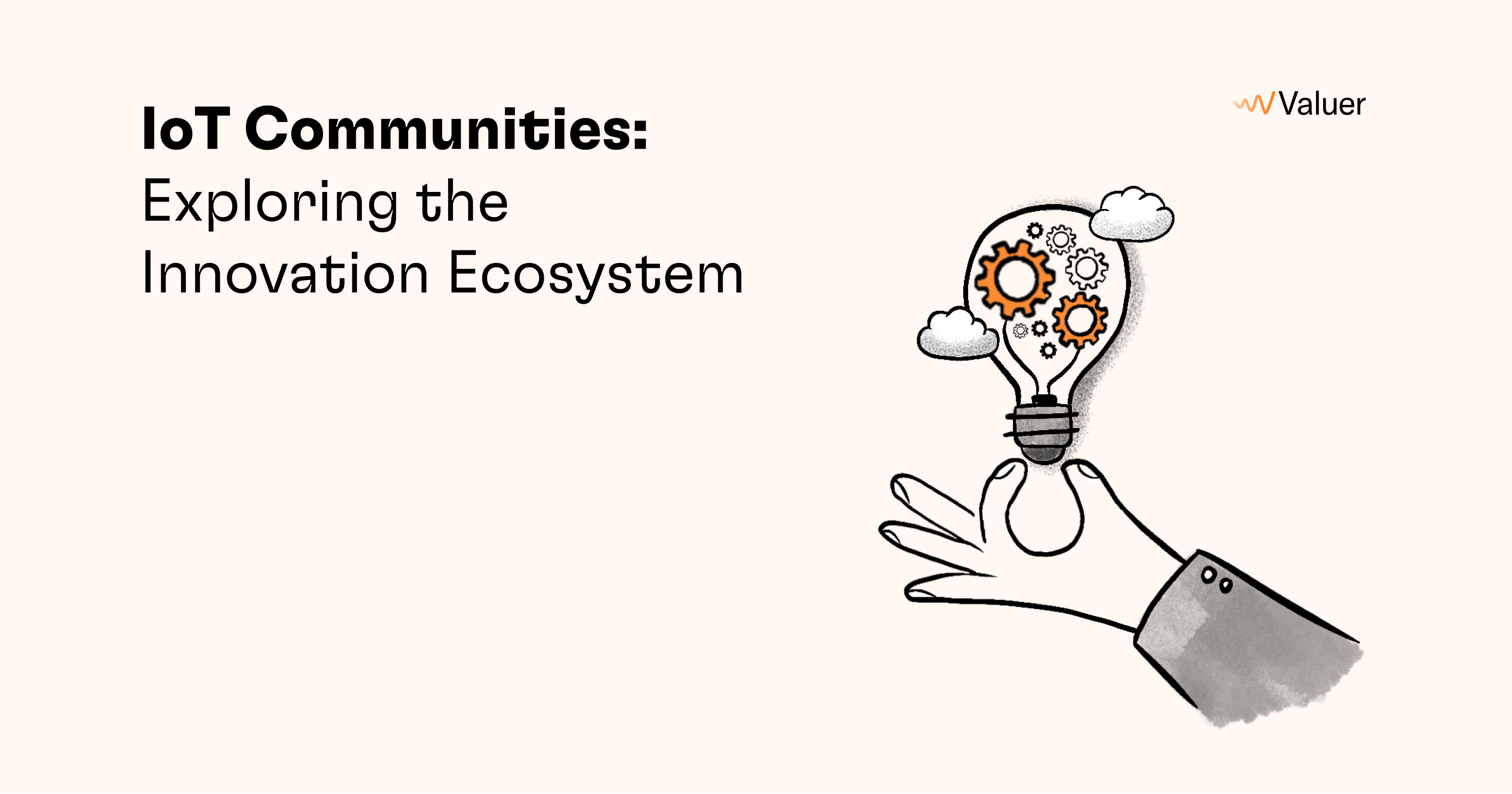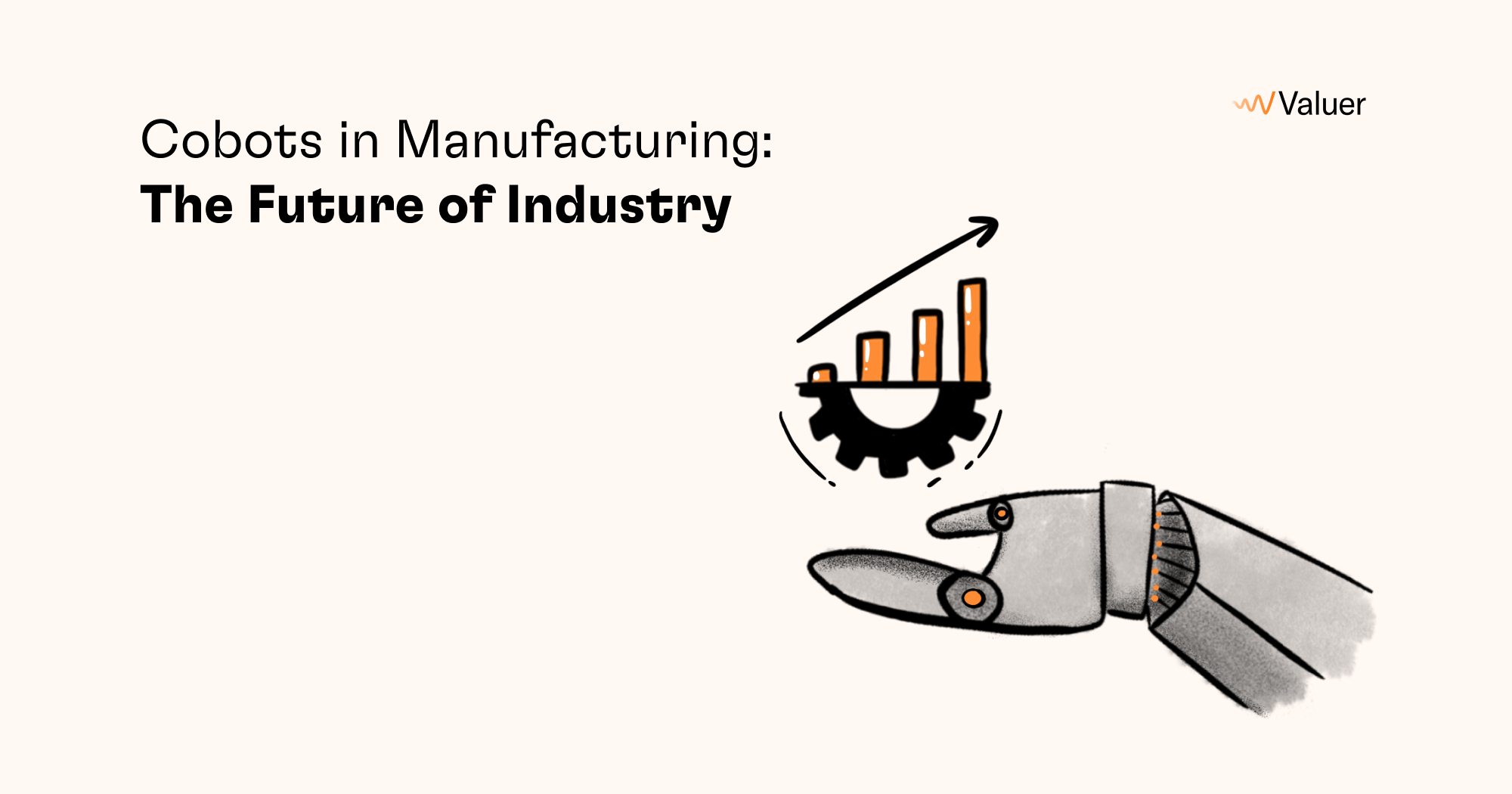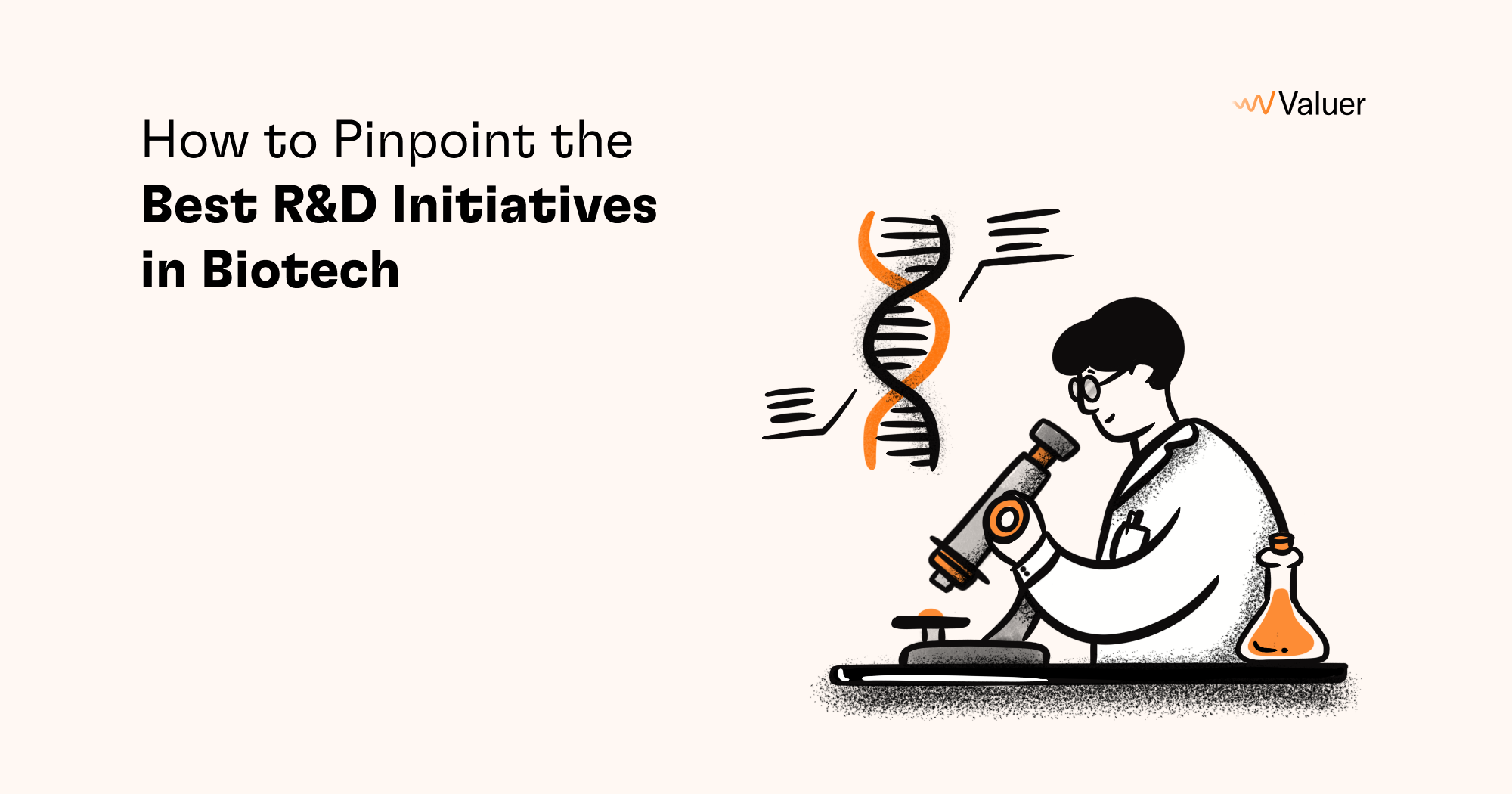*Updated December 2022
The electronic engineering sector is undergoing a major transformation. And I think everyone gets a bit excited when thinking about electronics in the future and what that may hold.
Around the world, ambitious research and development teams are focusing on better ways to produce, store, and use electrical resources. Since making substantial progress in the previous year, the sector shows no sign of stopping.
This industry is changing in many segments, including communications, wellness, energy efficiency, entertainment, schooling, multimedia, and others. At the forefront of the industry’s evolution is China, where the Electrical Equipment and Machinery Manufacturing market size is $14.5 billion, with over 2,000 players contributing to the growth.
Given that China is still the top exporter of electronics to the United States (China accounts for 42% of U.S. electronic exports), it's reasonable that some people think all electronics are manufactured in China.
The Yankee Group, a market research firm, expects industry-wide shifts as a result of increased competition, most of it brought on by globalization. More active customers, emerging technologies, disruption, regulatory instability, and an increasing focus on creativity are all factors to consider.
The transformation will also bring changes in the electronic engineering job lookout. In the US, from 2019 to 2029, the overall employment of electrical and electronic engineers is expected to rise at a rate of 3%, which is about average for all occupations.
Slow growth or loss in some sectors, such as manufacturing and services, is projected to temper employment growth. As the focus of the industry is changing, so will the skill demand by employers shift to the latest technologies in electronic engineering. Here are the trends that we expect will shape the future of electronics and electronic engineering.
Smart grid solutions
The grid is a system of high voltage transmission lines that transports energy from power plants to homes and businesses. You use the grid any time you plug something in or turn on a lamp.
The grid has progressed in previous years and is likely to do so in the future. This modern system is known as a "smart" grid, and it is an evolution of the existing grid that allows technology to connect with the network in order to extract more knowledge from the data.
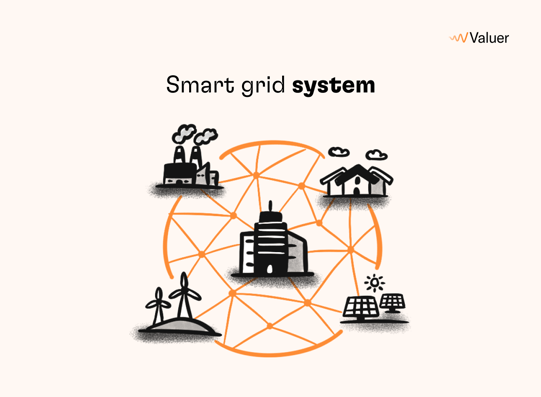
Consumers no longer have to rely only on local electrical power providers, as they did previously. They now have a variety of alternatives and as a consequence, the system for delivering power must adjust.
In reaction to these requests, most power companies around the world are embedding innovative smart grid technologies into their networks, all the way up from consumers' households, workplaces, and manufacturers. The smart grid system gathers useful information to give customers and producers more leverage over different power sources. It also allows them to anticipate spikes in usage and spot outages immediately.
Smart grid solutions, such as smart grid demand response and smart grid intrusion prevention systems increase reliability and lower costs by enabling end-to-end connectivity between storage facilities, power plants, and end-users. Electrical engineers will undoubtedly encounter smart grid technologies and be asked to assist with their creation and maintenance in the near future. Electrical engineering would be critical in making the switch to smart grid solutions.
Innovation of electric vehicles
Electric vehicles are one part of the fourth industrial revolution, which is fueled by the radical transition towards innovation. As a result, these advances have the potential to create new market segments and career opportunities, but they also run the risk of making certain positions completely obsolete.
In 2020, Bentley committed to cutting out fossil fuel cars from their product portfolio by 2030. After that, any Bentley that leaves the factory will be entirely electric, emitting no carbon dioxide. Moreover, Volkswagen, the world's largest automaker, is now investing heavily in electric vehicle production. In addition, several other well-known automakers, such as Honda, Audi, and Jaguar, have pledged to go hybrid by 2030.
At last year's CBI meeting, researchers from the University of Birmingham discussed their views on the different types of electric vehicles. They, and many other analysts, see a shift towards electric cars as part of a larger effort to recover from the global economic downturn caused by COVID-19. They are urging policymakers and large corporations to adopt measures that would allow more consumers to switch from gasoline to electric vehicles.
[Related Article - Finding the Top Ranking Microelectronics Companies in Our Platform]
Students studying engineering who are interested in electric vehicle innovation will now have the opportunity to specialize in the field while still in school. Postgraduate degrees in automotive electric engineering and automotive engineering with electric propulsion are also available at universities worldwide. This will bring forward a new generation of electrical engineers specialized in greener transportation propulsion and will contribute massively to the future of electronics and electronic engineering.
Wearable technology trends
For the past two decades, wearable technology trends have evolved significantly. Smart wearable devices are now equipped with sensors and are often connected to the Internet and the cloud. That wasn't always the case, as the first Bluetooth headset was sold in the year 2000, bringing a lot of excitement. In 2022, device usage is projected to grow to 1.1 billion users. Many of these devices will use 5G as their protocol of choice.
According to Allied Market Research, the smartwatches segment is predicted to rise at the highest pace, with a CAGR of 19.9%. The health & sports segment led the wearable technology trends with over 39 % market share in 2015, and this is expected to continue during the forecast period (2015-2022). During the projected span, however, the entertainment market is expected to expand at the fastest rate of 35.7%.
In addition to health, sports, and entertainment, wearable technology has one even more important function: saving lives. Tim Cook presented a couple of videos he'd got from Apple Watch users at a recent Apple gathering. These consumers praised the Apple Watch for detecting their health issues and encouraging them to see a doctor, which was crucial to saving their lives.
Both Fitbit and Huami make watches with built-in thermometers that can monitor the increase in body temperature that also occurs as people get sick with viruses.
In addition to informing someone that they should consider keeping away from other individuals for a few days, the aggregated data gathered from these devices can aid epidemiologists in tracking the spread of a virus across communities and, in the future, may aid in the containment of outbreaks before they become global pandemics.
Artificial inteligence
Artificial Intelligence and machine learning, like many other fields, are transforming engineering. Even if these inventions seem to be "everywhere," we shouldn't forget how amazing they are and the fantastic things they encourage us to do individually and collectively. Artificial intelligence, machine learning, and NLP can lead to a shift in an engineer’s everyday task list, but also enable them to do things they never imagined to do before.
AI is involved in both software and hardware modules within the electronics industry. Machines will be able to help not only intelligent supply chains and complicated production tasks as they get more advanced, but will also be empowered to design and develop tasks over time, with little or no human intervention, thanks to machine learning.
Automobile producers have been using robots on the manufacturing line for a long time, and they've progressed from basic engineering roles to performing many precise movements used for some of the most complex aspects of the work.
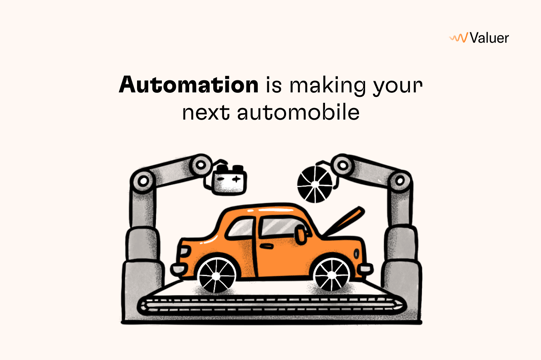
Many of the activities that engineers are in charge of, such as modeling and simulation, can be improved with artificial intelligence algorithms. Moreover, AI can also assist engineering activities by breaking down departmental warehouses and assisting in the successful use of data in order to gain information from it.
AI algorithms can automate low-value activities, allowing engineers to focus on higher-value duties. Machines can play a critical role in engineering decision-making by using machine learning to find trends in raw data.
Prefabricated products
While the idea of using prefabricated materials in construction is not fresh, it is becoming more cost-effective and competitive as new technology and techniques are developed. Preconstruction and prefabrication have become increasingly common in the field of electrical power delivery systems.
This is attributed to the increased need for greener construction solutions for a reduced footprint, as well as the proliferation of modern building information management (BIM) technologies that make it easier to map out the wiring in advance. Many that have never dealt with factory-built electrical power delivery systems will discover that the advantages continue to mount.
[Download our free report - Construction Industry Insights]
Since there is already a labor shortage in the sector, demand for prefabricated products is increasing. When working on big projects with similar layouts, such as hotels or hospitals, using prefabricated materials will save an electrical engineer a lot of time.
Instead of performing tedious electrical work that can be done offsite, prefabricated materials enable the electrical engineer to concentrate on more advanced work. Using prefabricated materials on the job also improves the security of the electrician.
IoT technologies
One of the main events of the new industrial revolution is the creation of the Internet of Things (IoT). For the bulk of companies seeking to improve competitiveness and wealth management, digital change has become unavoidable.
Manufacturers and engineers face the task of developing new equipment and the latest technologies in electronics as businesses compete for greater market share. The Industrial Internet of Things (IIoT) helps them operate scalable manufacturing processes at low costs by delivering high-speed and effective systems.
Another fundamental problem is the smooth incorporation of these integrated technologies. Research and development (R&D) is being used by design engineers and original equipment manufacturers (OEMs) to create low-cost approaches for changing demands.
IoT influenced several diverse aspects of the electrical engineering landscape. IoT is entwined with the electrical engineering industry in a variety of ways, including smart grids, smart lighting, and Visible Light Communication (VLC), amongst many others. As a consequence, being skilled in IoT is now a must for any electrical engineer.
IoT technologies in the area of electrical energy include smart inverters, automated metering infrastructure (AMI), remote control management of energy-consuming systems, and SCADA (supervisory control and data acquisition), in addition to the smart grid advantages of tracking, storage, and automation introduced in electrical utilities.
Robotics
In other sectors, robotics-based systems are often criticized for taking people's work, but this is not the case in electrical engineering. Robotics play a significant role in enhancing security. Instead of placing humans in danger, for example, remotely operated, wireless underground cable cutters may be used.
There are a variety of ways to incorporate innovations into the building industry. For example, over the past few years, the use of drones has exploded. Before they go in, drones can survey the situation and alert the electrician of any problems.
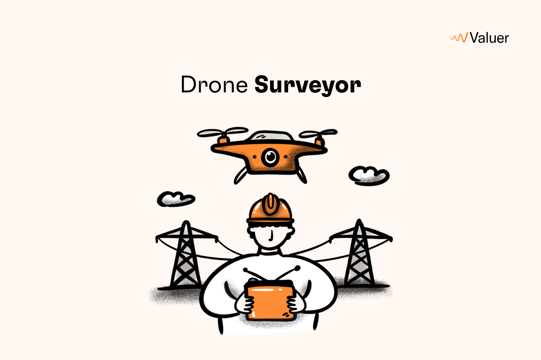
The drone assists in keeping the electrician both safe and informed. When dealing with fallen power lines, for instance, drones will fly in and survey the area to ensure there are no dangerous hazards until electrical engineers arrive to repair the problem.
This technology would not put electrical engineering experts at risk of being replaced if they use it. On the contrary, electrical engineers have a unique skill set and knowledge that robots cannot imitate. Robots assist in increasing productivity and contribute to better working conditions.
Electronically engineering the future
Electrical engineers have a lot to be excited about in the near future, and I think the latest technologies in electronics are something to be excited about, not to mention what electronics in the future will be like. The above mentioned are some of the top innovative trends that will guide us into the future of electronics, where things are expected to become more convenient, effective, and economical.
With innovation at the forefront of the electronic industry, there is no telling what the next disruptive technology will be. This means that finding the right business solution to stay ahead of the curve is a must within the microelectronics industry.


